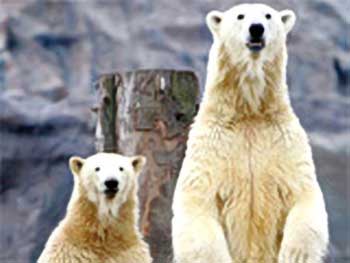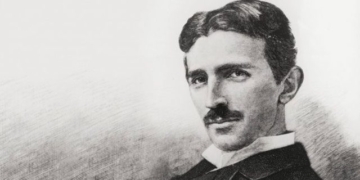In light of the endangered status of the polar bear, the Greenland government has recently set a hunting quota for this species. Currently, there are only 7,500 polar bears left in the world.
 |
|
Polar bears (Illustrative image from a foreign website) |
This measure was introduced to conserve polar bears in Greenland as their natural habitat is threatened by climate change in the Arctic.
Scientists have noted that global warming is causing ice caps to melt, which are crucial hunting grounds for polar bears, making it difficult for them to find food. It is estimated that there are approximately 7,500 polar bears in Greenland—the largest island in the world and a self-governing territory of Denmark, primarily located in the northern and eastern regions.
The Greenland Fisheries and Hunting Authority has announced that the hunting quota for polar bears in 2006 is set at 150 bears.
The quota is largely allocated to villages in the area, including Upernavik, Qaanaaq, and Ittoqqortoormiit.
Southern towns such as Nanortalik, Qaqortoq, and Narsaq are permitted to hunt a maximum of two polar bears each.
In recent years, polar bears have been spotted near these localities after becoming stranded on drifting ice floes heading south.
According to the Fisheries and Hunting Authority, this hunting quota will be reviewed annually.
Only residents of Greenland with a valid hunting license are allowed to hunt polar bears.
Previously, Inuit hunters killed about 250 polar bears each year in Greenland for their skins and meat.
Currently, there are no plans to allow foreign hunters.
Vu Minh Thuong


















































